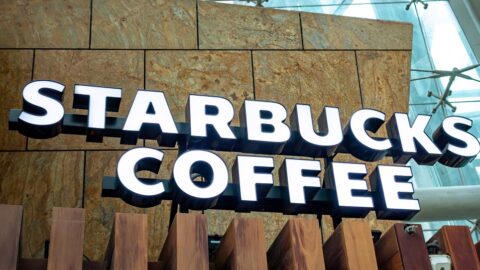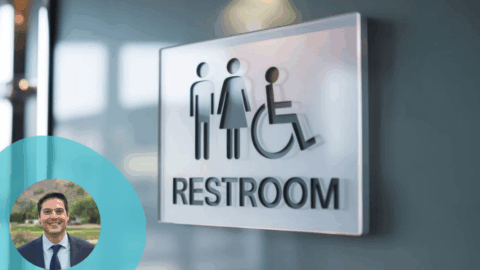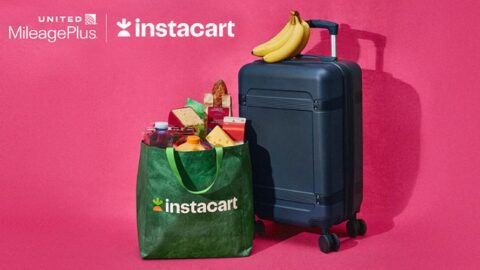By Mark Price, Managing Partner of M Squared Group
Editor’s Note: This article is an excerpt from one of RetailWire’s recent online discussions. Each business morning on RetailWire.com, retail industry execs get plugged in to the latest news and issues with key insights from a “BrainTrust” panel of retail industry experts. This article was presented on RetailWire as a summary of a current article from the Cultivating Your Customers blog.
Who would have wanted to be in Starbucks’ shoes a year ago? McDonald’s had launched low priced alternatives that had huge trial, the economy had stalled and consumers were balking at spending $4 per drink, even at a familiar place. Howard Schultz announced that the company had “lost its way,” becoming too standard and corporate and less entrepreneurial — less like a local coffee shop. The chain then closed stores on a broad scale for the first time.
Fast forward a year later. Starbucks blows its Q4 numbers out of the water. Get this — sales were up 4% to $2.7 billion. Comparable store sales were up 4%, which was driven by both increases in store traffic and average ticket price. If that wasn’t enough, the company’s margins were up by 8.5% to 13%. As a result, the company earned 32 cents in the quarter, up from nine cents in the year-ago quarter. Starbucks now expects to launch 100 new locations in the U.S., and another 200 worldwide.
One of the clues to Starbucks’ success lies in a phrase buried in their press release, “Starbucks’ consumer research shows higher satisfaction in every major indicator, such as value perception and experience, compared with a year ago.” So the results were not driven by price increases alone (even though prices did go up), but by improvements in customer experience as well.
Starbucks customers have noticed a series of improvements at the store from prior years, including reintroduction of the Pikes Peak blend and Via instant coffee, more healthy snacks, improved staff engagement and a new, frequency-based loyalty card.
But I think there is something more. Starbucks two years ago launched My Starbucks Idea, a portal that permits customers to suggest improvements to the store, products, pricing, etc., and for other customers to vote and identify the most popular ideas. Here is the kicker — real-life Starbucks employees actually respond to the ideas, suggest improvements, identify logistical issues and, when an idea is selected for development and launch (which they actually are!), provide timetables and commentary. Imagine that — a company that asks customers for ideas, permits them to prioritize the ideas and actually assigns relatively senior people to engage in conversation with their customer community!
The site profiles Starbucks employees that are engaging with customers this week, highlights ideas with the most votes as well as the most recent ideas, and includes a small poll to gain some quick customer insight. The question on Jan. 31 was: “What flavor of bran muffin sounds the most appealing to you?”
Now, My Starbucks Idea is not the sole reason for Starbucks’ success. Clean execution, new products and a motivated salesforce all contribute in a big way. The idea of soliciting ideas from customers is not new either. But the execution is so clean, the relationship so transparent and results so clear for mystarbuckidea.com that I believe it helps to motivate Best Customers to return, refer and do all those other things that make Best Customers so important.
BrainTrust panelists applaud Starbucks’ turnaround.
“I think My Starbucks is a big part of the turn around but not necessarily because Starbucks heeded useful,” said Carol Spieckerman, President, newmarketbuilders. “Simply engaging customers rather than keeping the old “We know what you like” vibe going was a big, positive goodwill step.”
“It takes nerves of steel to do this and they did so admirably and in the process, solidified what they stand for,” said Doug Stephens, President, Retail Prophet.
“You have to applaud a retailer that asks customers for their input and then directly follows up on their requests,” said Max Goldberg, Founding Partner, The Radical Clarity Group. “There is a practical lesson to be learned here: Listen to your customers. How many retailers actually ‘get’ this simple concept?”












